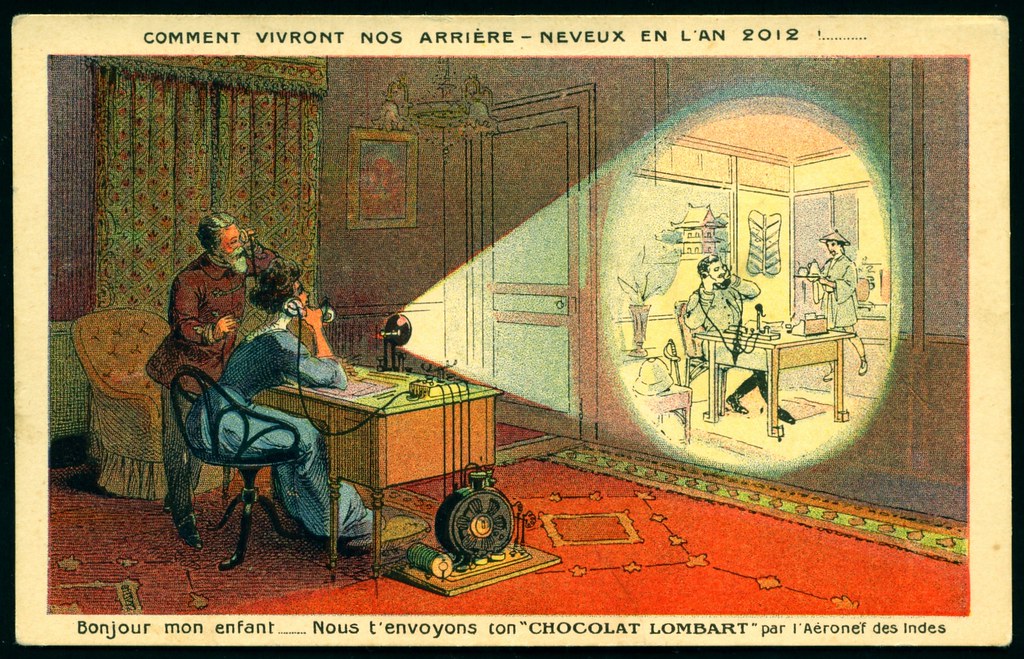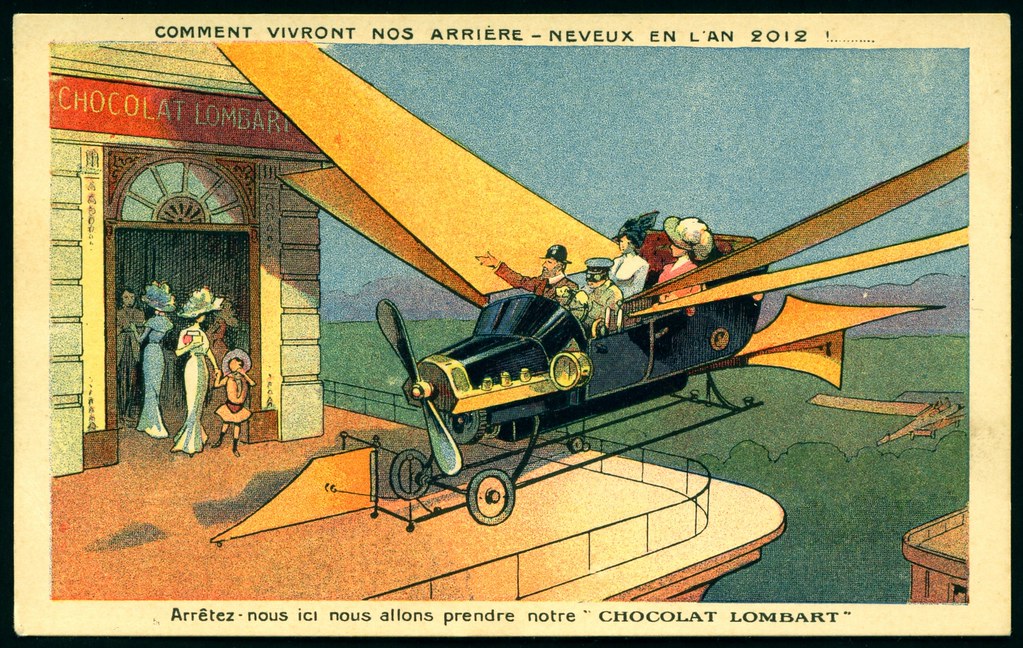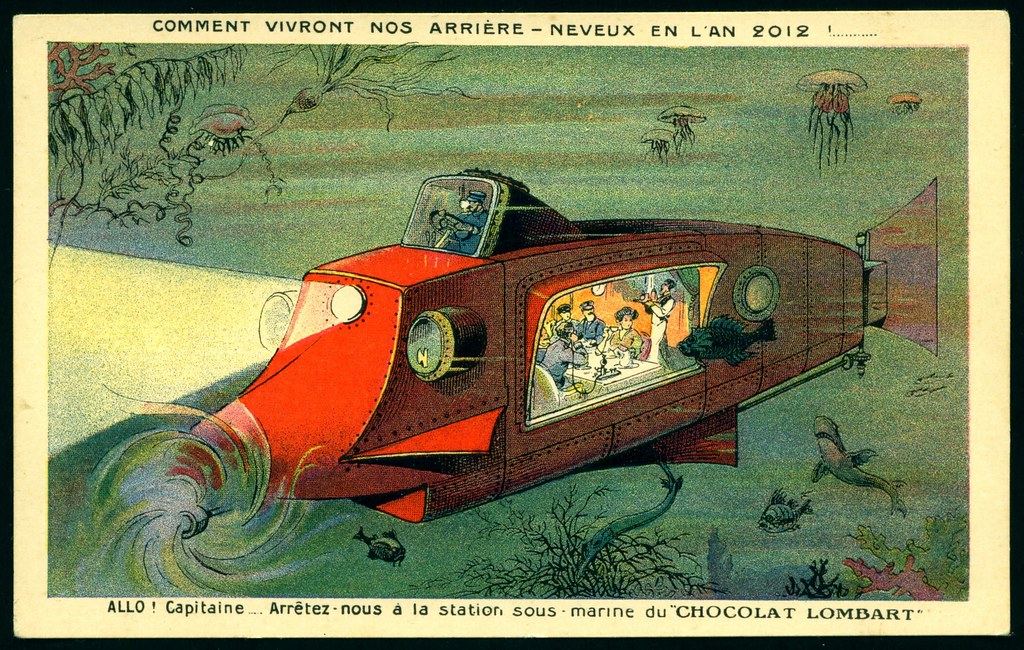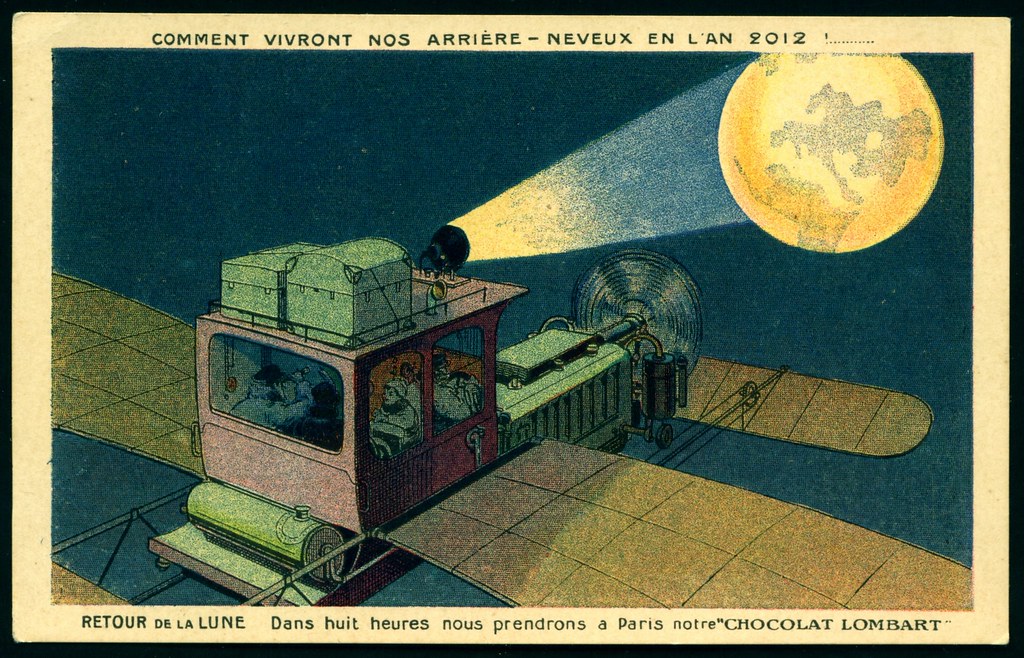Have just finished my second time through the book and remain dazzled. In this outing more than any of the others that came before, Chabon modernizes and Americanizes the magical realism of Gabriel Garcia Marquez to create a work that seamlessly blends fantasy and reality to create an alternate universe that is at once exotic, meticulous, poignant, and brutal.
What starts off as a fairly familiar-seeming plot (morally and emotionally bankrupt detective with nothing left to believe in but the truth, no matter how devastating, investigates a crime, uncovering layers of duplicity, brutality, and betrayal) soon assume entirely unfamiliar contours when you realize that the setting is an alternate universe (in which the Jews, post-WWII, have been settled not in Israel, but in Alaska); the crooks are a sect of ultra-conservative Jews; the locals are Tlingit Indians; and the murdered man may be the world's long-awaited Messiah. Now add chess, espionage, ancient Jewish law, snow-streaked streets, bush pilots, heroin, love, yiddish slang, wolves, red cows, and miracles ... top with Chabon's brilliant prose ... mix thoroughly, and watch something brilliant happen.
Ultimately, this book isn't about a crime: it's about a succession of rootless people yearning for a place to belong. It's the timeless search of the Jews for a homeland, of Meyer Landsdown for a reason to believe, of a boy messiah to be accepted for who he is rather than who everyone wants him to be, that elevates the book to something much, much more ambitious than simply an exercise in yiddish noir. As anyone who has read Kavalieri and Clay knows, Chabon is as deft at creating fully-realized, sympathetic characters as he is at crafting dazzling metaphors. You don't have to believe Chabon's alternate history to understand that beneath the literary fireworks, this is a story about diaspora and the fundamental yearning of all living things to find their way back to the place where they belong.




